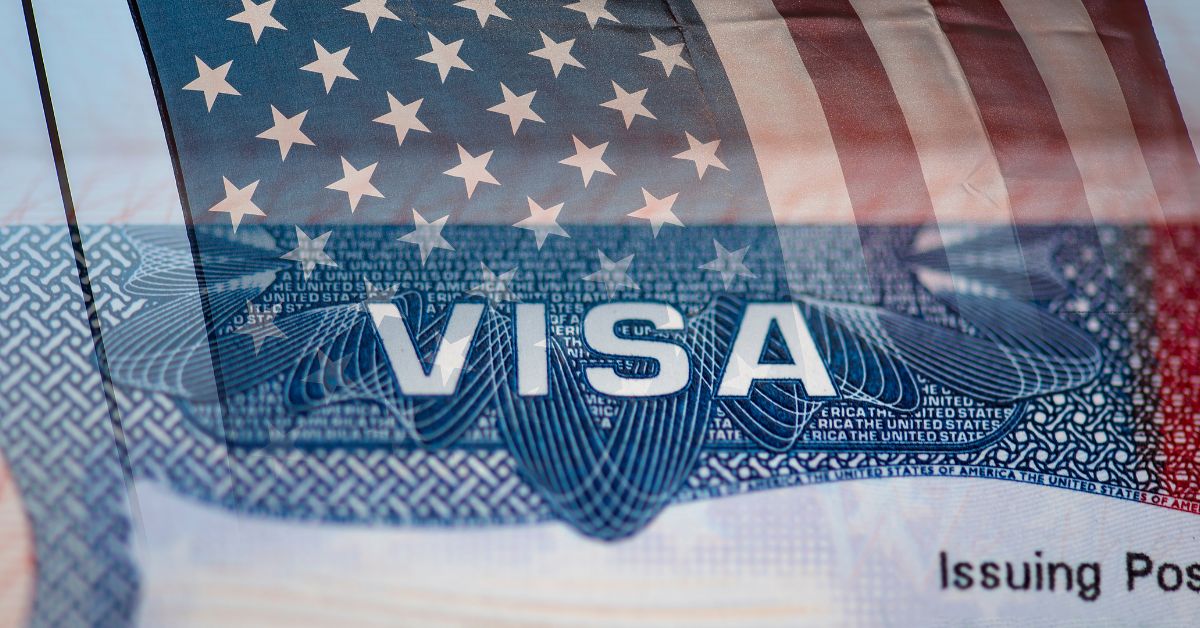
October Visa Bulletin, Naturalization Test Crackdown, Student Visa Overhaul, and Investor Concerns
This week brought several major shifts in U.S. immigration policy, with visa bulletin movement, proposed rule changes, legal disputes, and diplomatic fallout affecting everyone from students and foreign workers to multinational investors. Here’s what you need to know:
October Visa Bulletin: Modest Movement as FY2026 Begins
USCIS and the Department of State have released the October 2025 Visa Bulletin, marking the start of Fiscal Year 2026. While movement was limited across most categories, a few key updates stood out:
1. Employment-Based Categories:
- EB-2 advanced slightly for most countries, though India and China
saw only modest movement.
- EB-3 remained largely stagnant, with backlogs persisting for key
countries.
- EB-5 (Unreserved categories) stayed retrogressed, following the
announcement that the FY2025 EB-5 cap has been reached.
2. Family-Based Categories:
- F2A remains current, but other categories show continued wait
times, particularly for Mexico and the Philippines.
Applicants are urged to review both the Final Action Dates and Dates for Filing charts, as USCIS has confirmed it will accept Dates for Filing for employment-based adjustment of status cases in October.
DHS Proposes Overhaul of Student Visa Process
The Department of Homeland Security has proposed a significant expansion of the information collected through Forms I-17 and I-20, essential to the F-1 and M-1 student visa system.
Schools would be required to report more granular program data — including mode of instruction (in-person, hybrid, or online), program length, and whether practical training (CPT) is part of the curriculum. Financial disclosures would also expand, with students needing to detail their funding sources more clearly. Minors would need to submit guardianship documentation, and more information would be gathered about on-campus and remote employment.
While DHS says the changes are meant to improve oversight, educational institutions warn the added burden could delay processing and strain administrative resources. The public comment period is open through November 3, 2025.
Trump Administration Plans Tougher Citizenship Test
The Trump-appointed leadership at USCIS is preparing to reinstate a stricter version of the U.S. naturalization test, first introduced in 2020 and later rescinded.
Key changes include:
1. An expanded 128-question civics test (up from 100)
2. A higher passing threshold: 12 out of 20 questions correct
3. A new English-speaking section requiring applicants to describe visual prompts
4. Revival of “neighborhood character checks” involving interviews with people in the applicant’s community
Supporters claim the revisions elevate the meaning of citizenship, but critics argue the changes could deter older applicants, refugees, and those with limited English proficiency.
Hyundai Raid Sparks Diplomatic Fallout and Visa Friction
A major immigration raid at a Hyundai supplier in Alabama uncovered unauthorized workers and alleged child labor violations. The incident triggered backlash from South Korean officials and business leaders, raising concerns about the investment climate for Korean companies in the U.S. Visa issues are central to the dispute, with Korean firms struggling to secure U.S. work authorization for critical engineers and specialists. The White House is reportedly engaging in quiet diplomacy to ease tensions, but some Korean companies are already reconsidering U.S. expansion plans.
EB-5 Investor Visa Program Hits Annual Cap
USCIS announced that the EB-5 Immigrant Investor Program has officially reached its annual cap for FY2025. New applications are paused through September 30, potentially delaying large development projects that rely on EB-5 funding. The early cap hit underscores sustained high demand for investment-based green card pathways — and may prompt a push for additional visa allocations in the future.
Tesla Sued Over Alleged Visa Bias in Hiring
Tesla faces a lawsuit in California alleging that the company favored H-1B visa holders over U.S. citizens in order to cut labor costs. The suit claims American workers were overlooked or laid off in favor of lower-paid foreign nationals, raising broader questions about visa misuse and discrimination. If the case proceeds, it could bring renewed scrutiny to how tech firms use employment-based visas — and reignite debates about the balance between global talent acquisition and protecting domestic workers.
Final Takeaway
From shifting visa timelines and tougher naturalization standards to enforcement crackdowns and litigation, the U.S. immigration landscape is once again in flux.
Key action items include:
1. Monitoring bulletin updates and comment periods
2. Preparing for stricter compliance and oversight
3. Seeking legal or strategic guidance to minimize risk
As policy shifts accelerate, staying ahead of regulatory changes is becoming essential — whether you’re applying for a visa, hiring foreign workers, or building across borders. At Heckler Law Group, we help individuals, institutions, and multinational companies navigate the complexities of U.S. immigration law with clarity and confidence. Whether you’re facing policy changes, compliance questions, or urgent filings, our team is here to provide strategic guidance tailored to your goals.